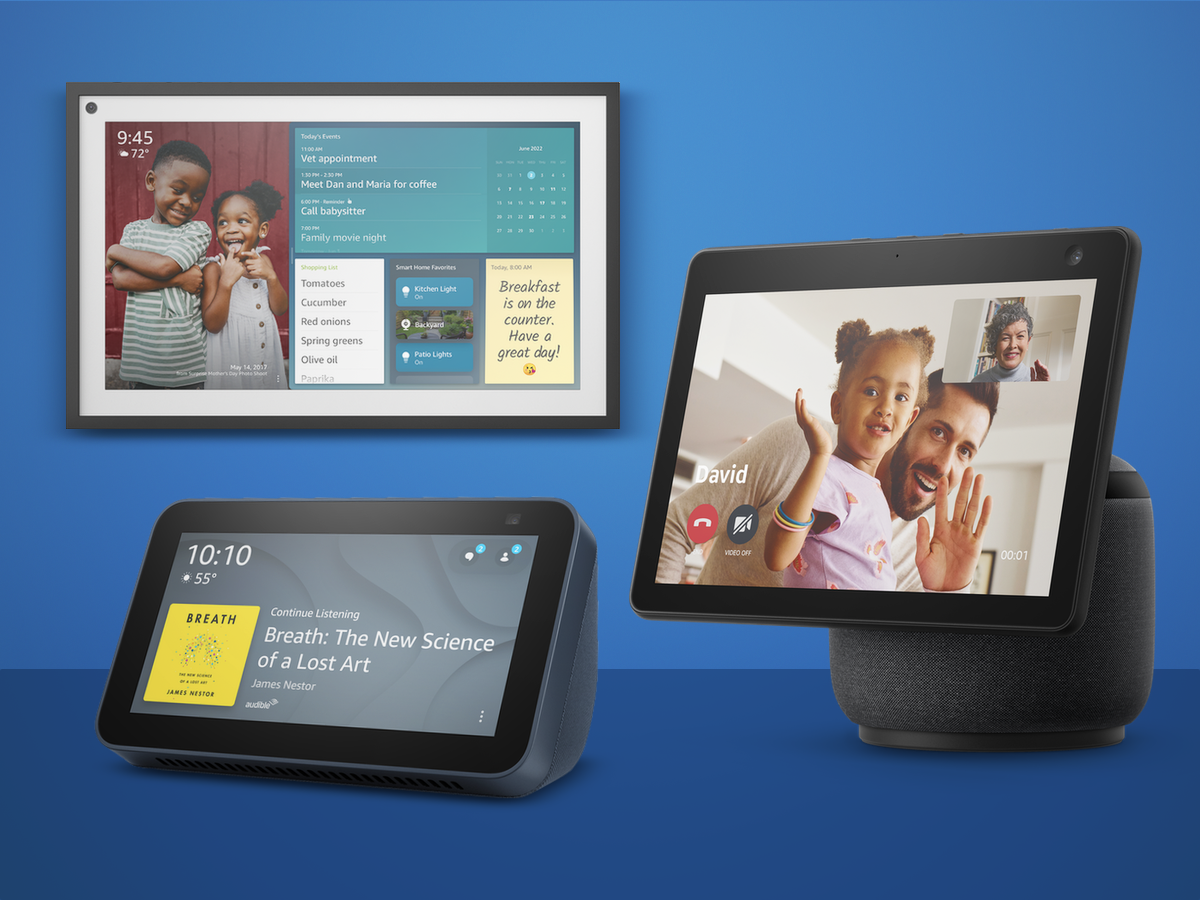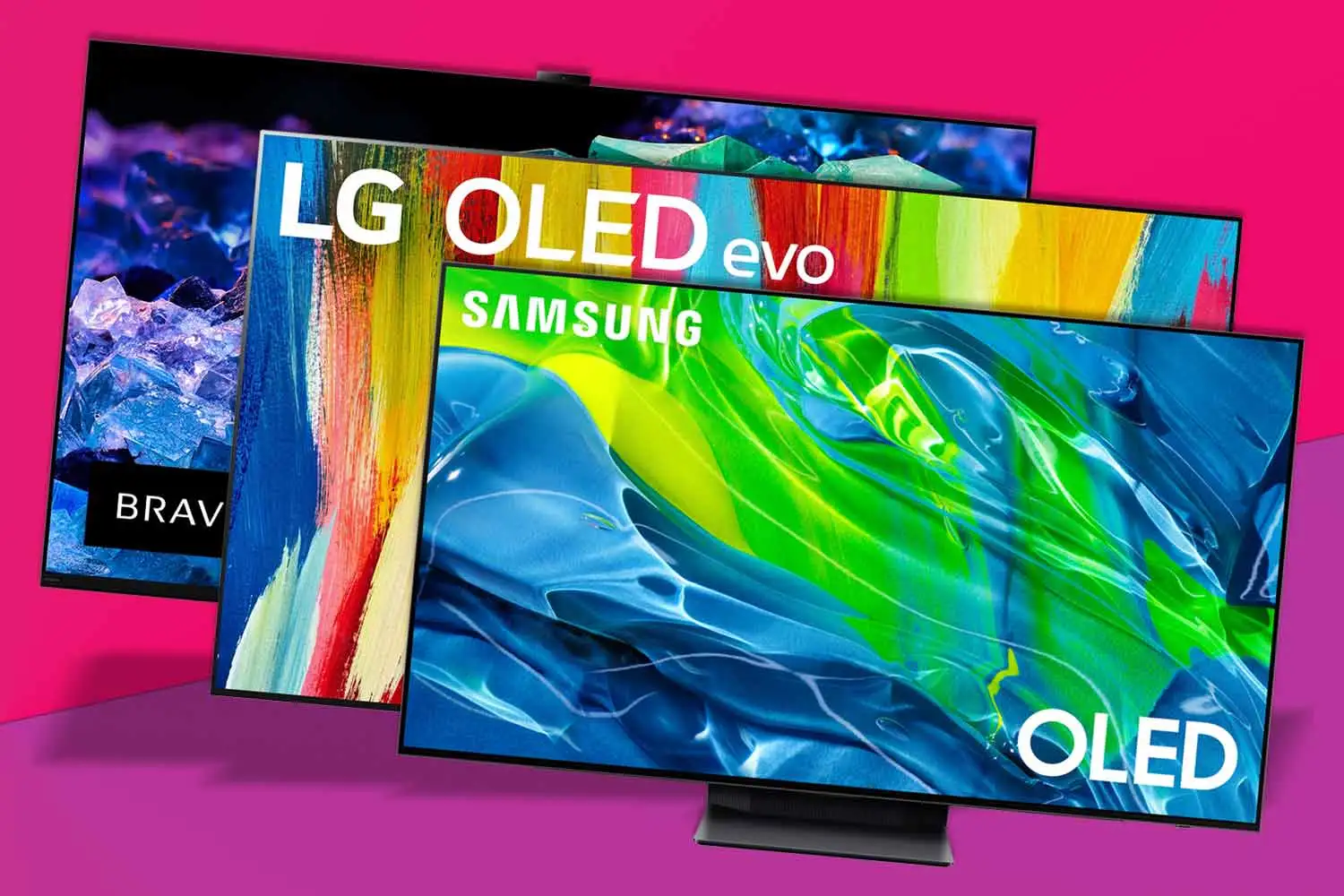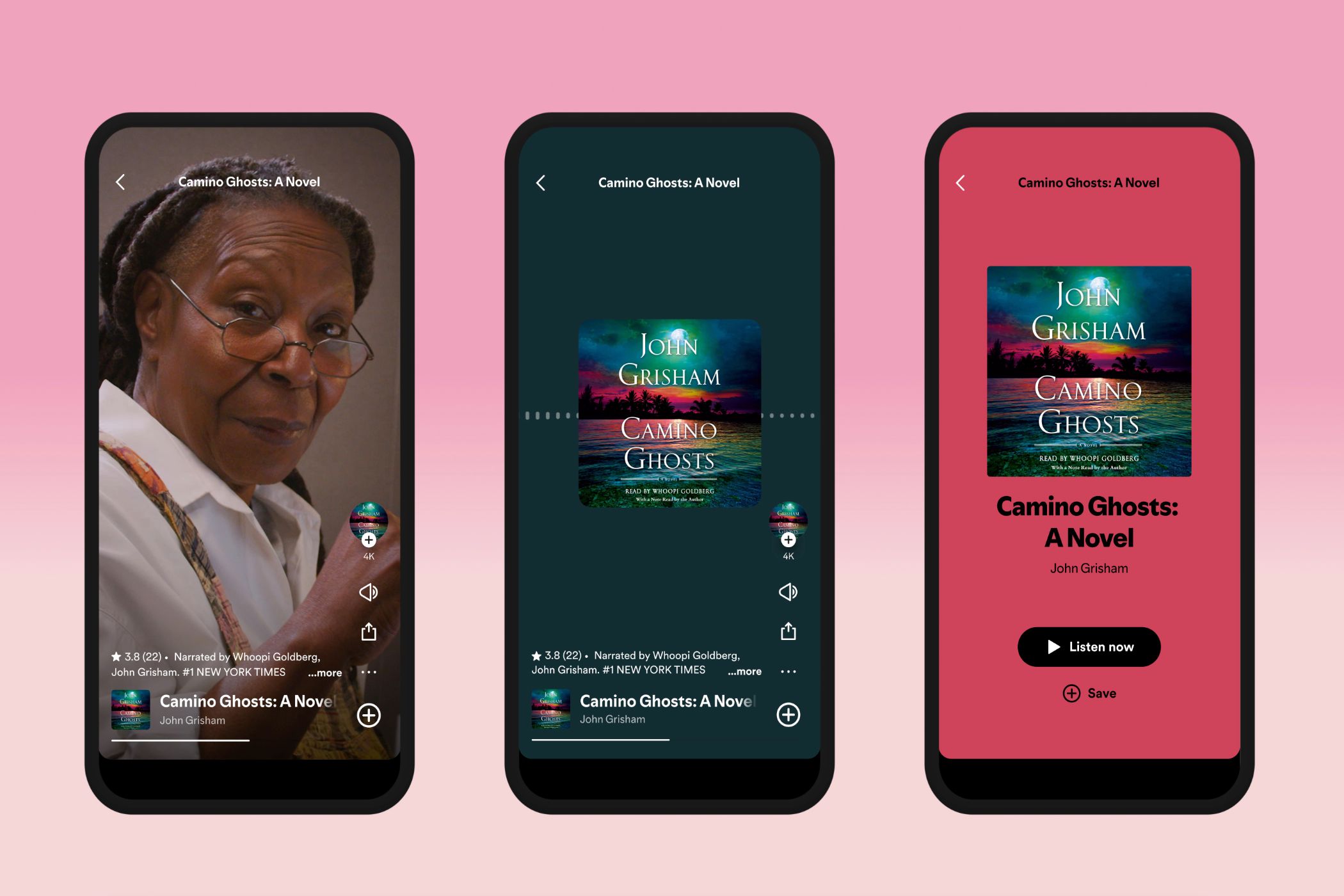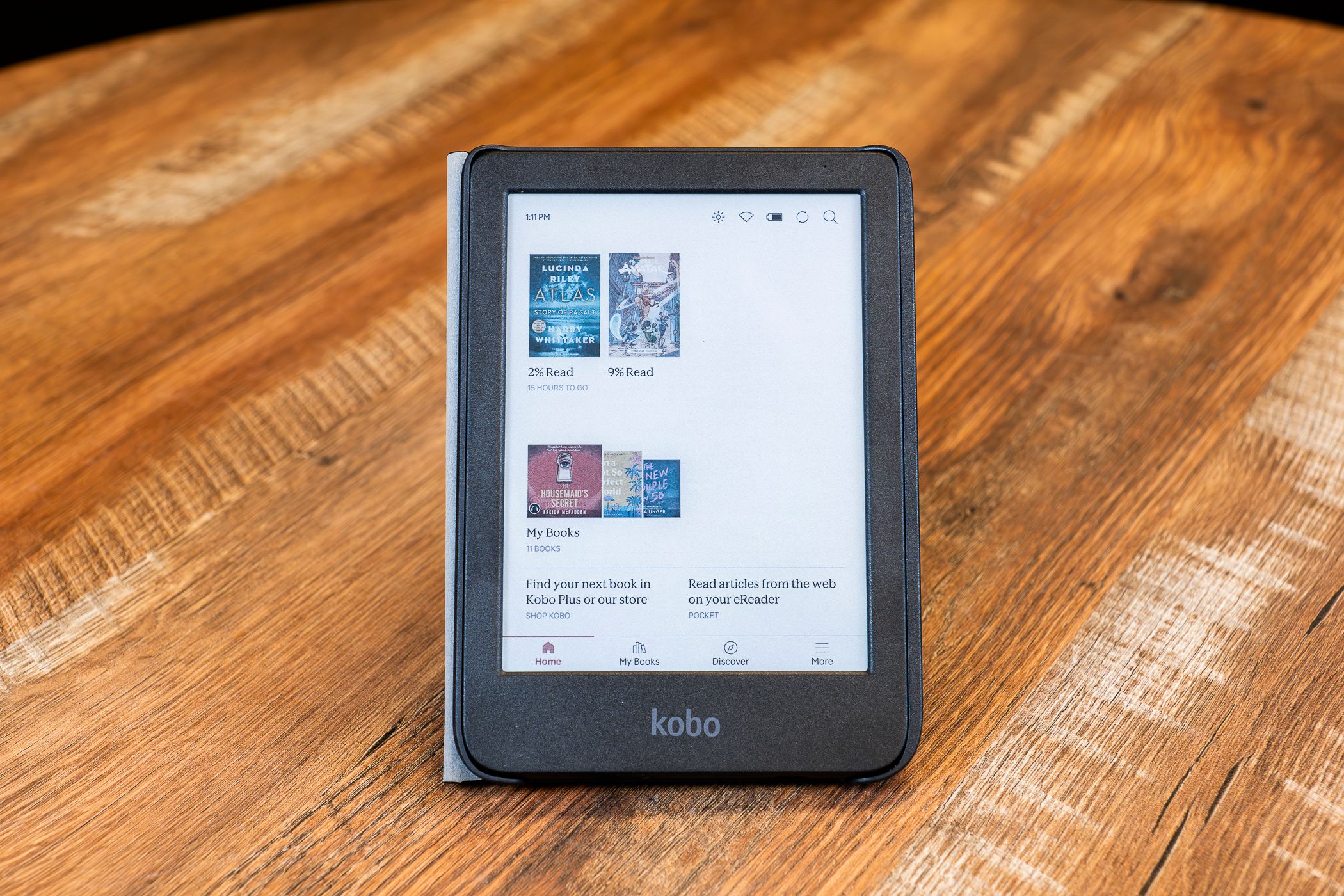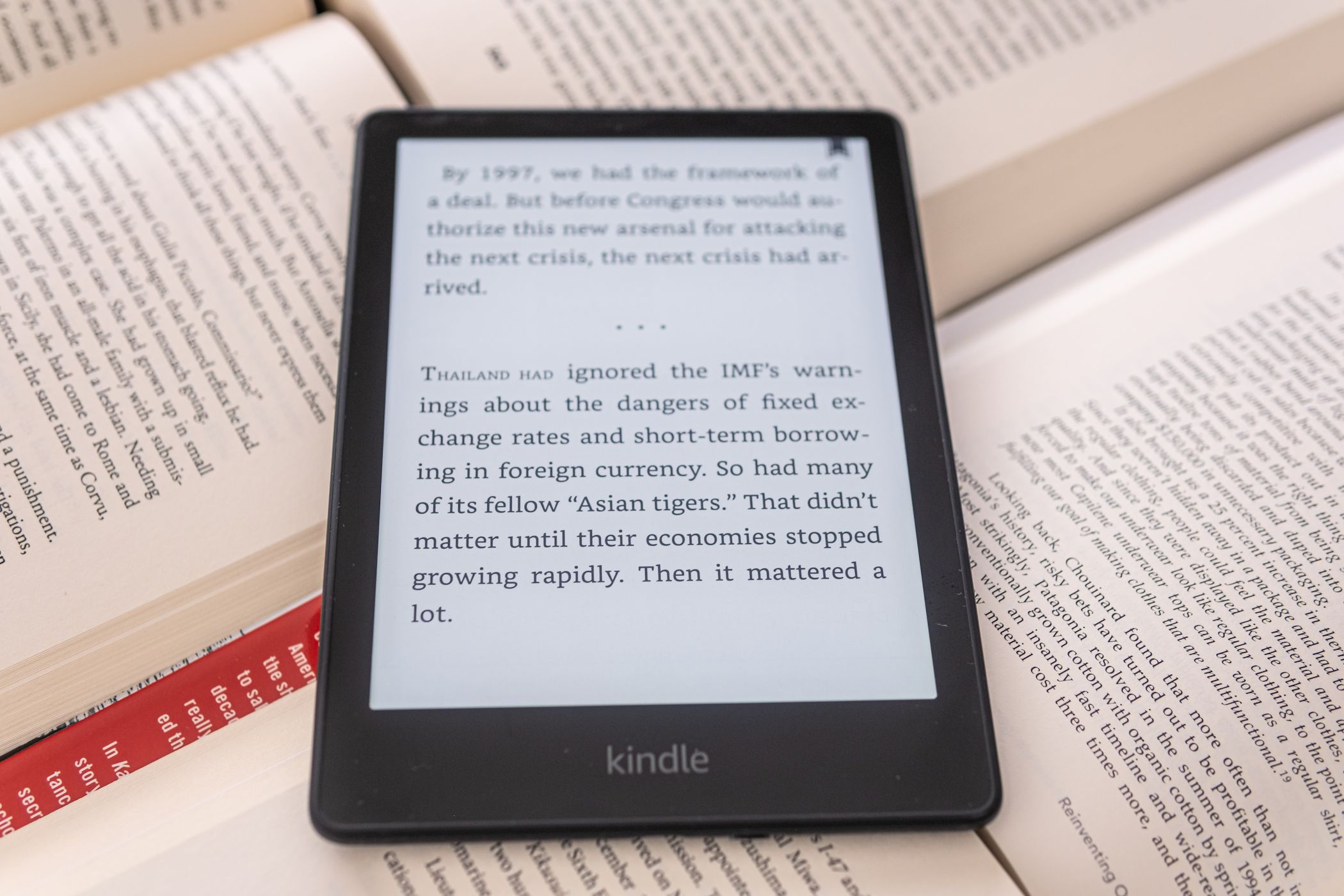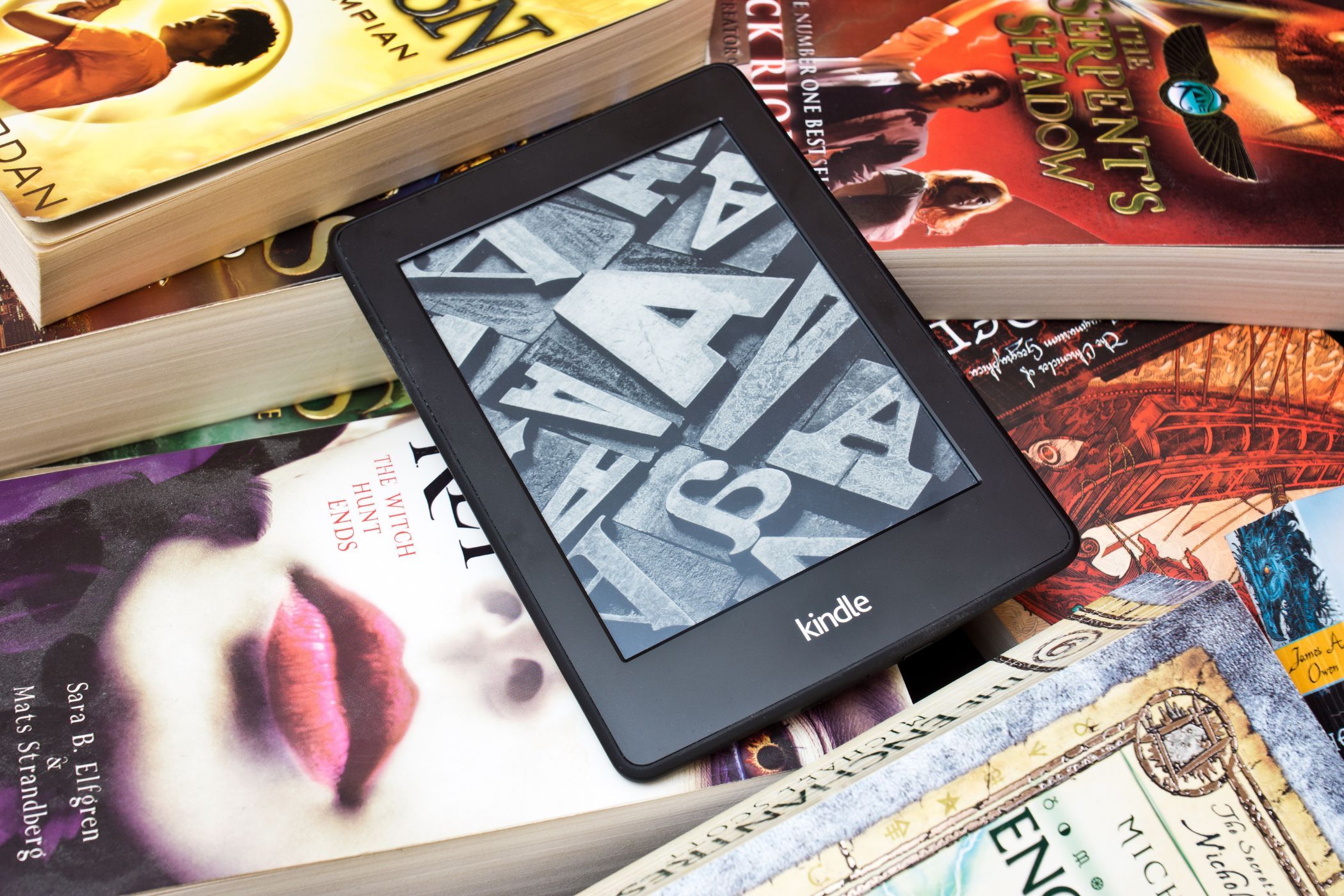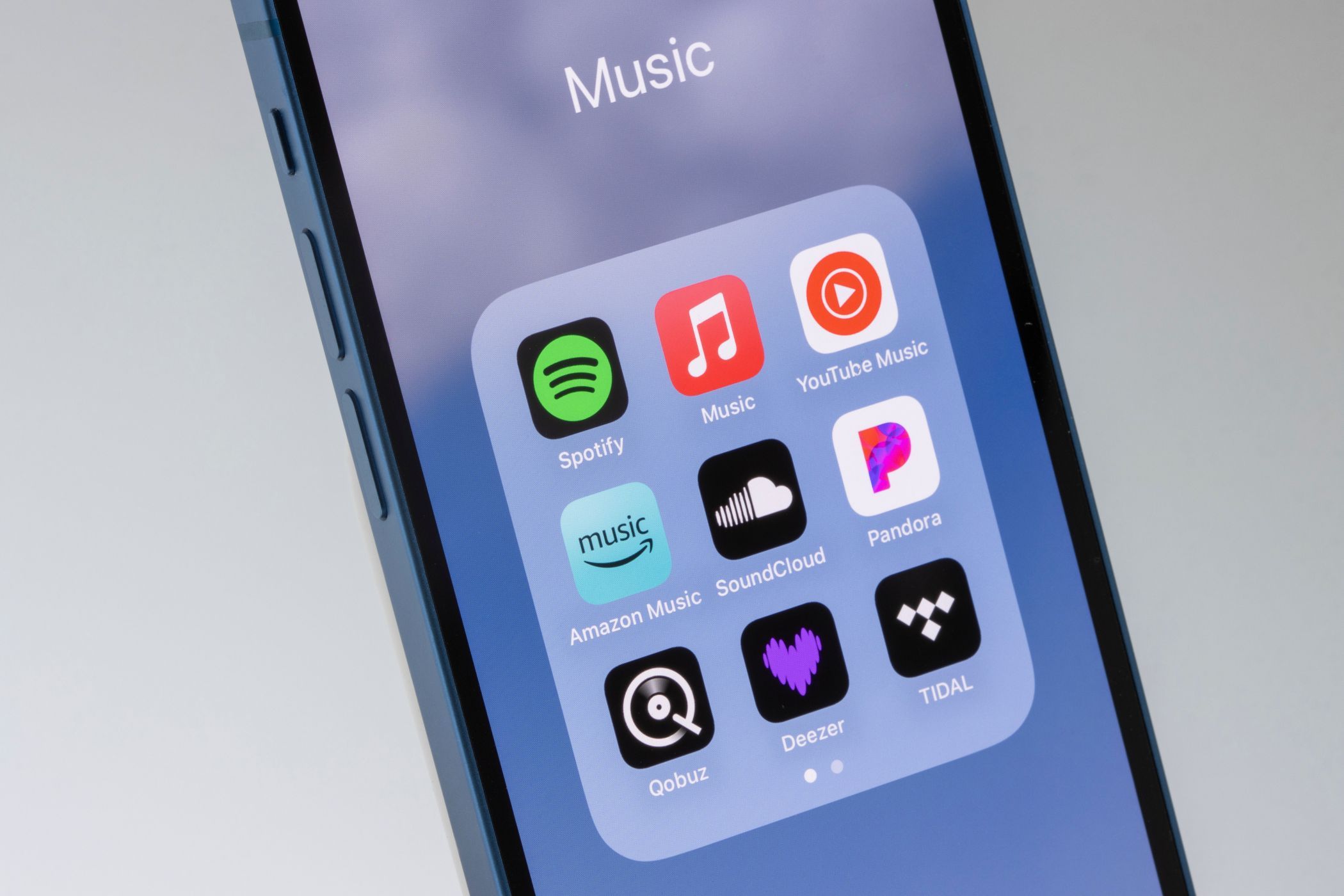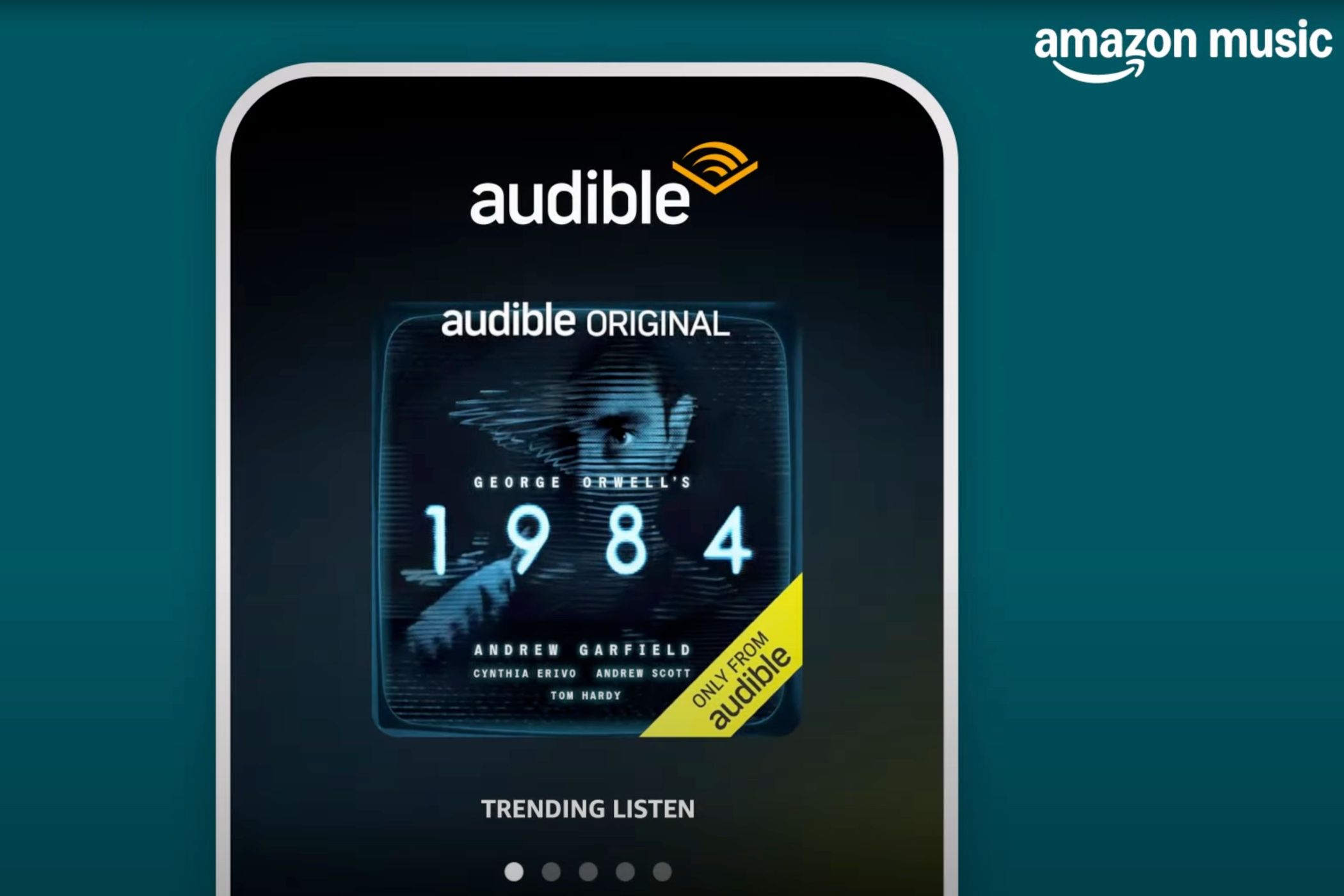The introduction of color eReaders has brought about an entirely new dimension to the digital reading experience, but are they really as good as they are made out to be? As an avid reader and someone who still uses both traditional books and non-color eReaders, here are the main factors you should consider.
There Are Limited E Ink/ePaper Options
First things first, color eReaders are still in their infancy, so the market for them is notably limited compared to their grayscale counterparts. In fact, Amazon only announced the first color Kindle in October 2024. This means that color options remain relatively niche due to the technological constraints and production costs. That can impact consumers who want to do their research and need a variety of choices or advanced features you might typically find in black-and-white models.
Also, E Ink Kaleido displays currently only support about 4096 colors. And, sure, that might sound like a lot to the average person, but keep in mind that some LCD screens can display over 16 million colors! So, if you are looking for LCD-quality color capture, you are going to be disappointed. Instead, color eReaders often have a more subdued, newspaper-like quality that is intended to be easier on the eyes.
Despite these limitations, select manufacturers have started working progressively on the technology. Soon we might get to see more options on the market, catering exclusively to a growing demand for brighter, more vibrant displays.
How Much Visual Content Do You Consume?
The one area where I would say color eReaders shine over their grayscale counterparts is in their ability to render visual content with vivid clarity, namely for things like graphic novels, kids’ books, magazines, or illustrated study guides. The use of color enhances the overall reading experience and allows readers to really appreciate the intended artistic expression.
This is especially advantageous for educational content, where diagrams and color-coded information provide greater comprehension and engagement. So, for those individuals who often engage with these specific content types, color eReaders have a huge advantage over their grayscale cousins.
Of course, considering the pros and cons of eReaders, you may choose to only use physical copies for more visually-oriented books and magazines.
The Impact on Battery Life
One thing I can say about books over eReaders is that you don’t ever need to worry about charging your book. And when it comes to eReaders in general, battery life is a huge concern. Here is where grayscale eReaders really come out ahead, with many lasting several weeks on a single charge.
Color eReaders, on the other hand, can and will consume far more power due to their higher-capacity displays, meaning a shorter battery life in general. eReaders, in general, spend most of their battery life on page refreshes, so having to ‘push’ more power to display colors means the battery takes a hit.
This trade-off means that users are going to have to assess their reading habits: for instance, those who often read on the go might want greater battery life and pick a non-color option, whereas someone who wants more visually rich content is willing to compromise.
Price
The cost of color eReaders is one of the other factors that we have to weigh in on. Due to the novelty of the technology, color models are generally going to come with a higher price tag compared to grayscale eReaders.
This price variation can be a challenge for budget-conscious buyers who need to balance financial expenditures with reading preferences. However, I will say that if you are someone who reads a lot, especially books where color is helpful or even required, the investment is totally justified.
In the end, the decision to invest in a color eReader depends largely on the individual and their reading habits. I am someone who typically reads non-illustrated books in volumes and often outside the house, so it isn’t necessarily something I would buy for myself. On the other hand, I have children who read a lot of illustrated books and who will be getting to a point in school where study guides are helpful, so that might change in the future.
My suggestion: take the time to consider all the factors involved, including device availability, intended use, battery life, and cost, so you can make an informed decision that is right for you and your family. It might be worth it, but only you can make that choice!
